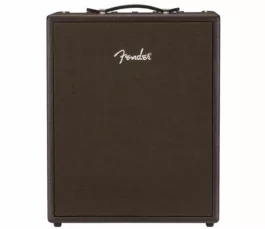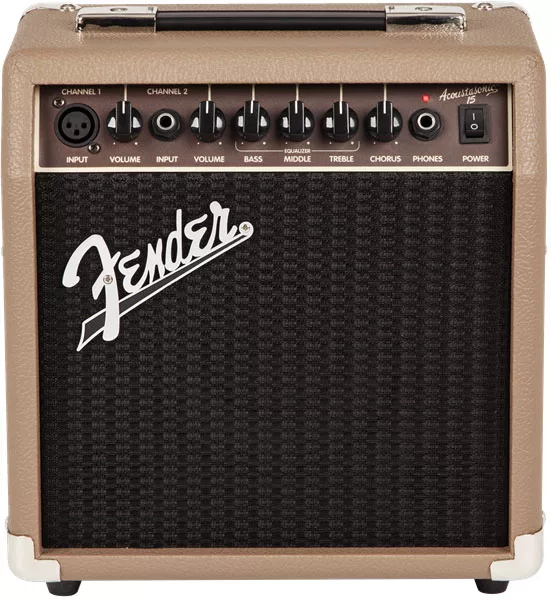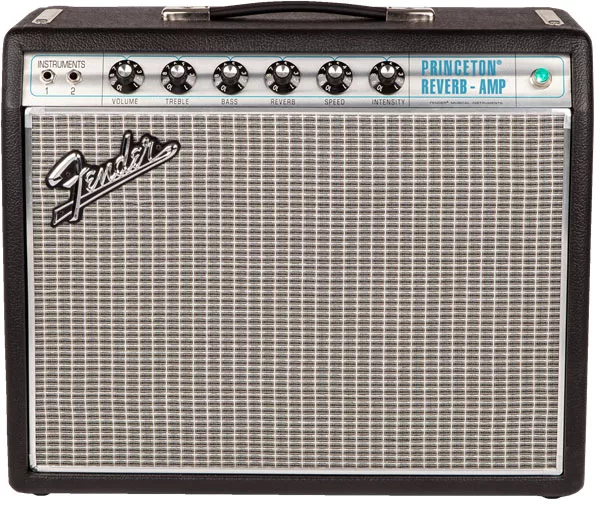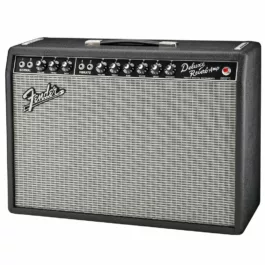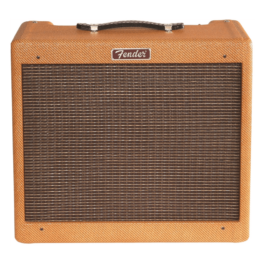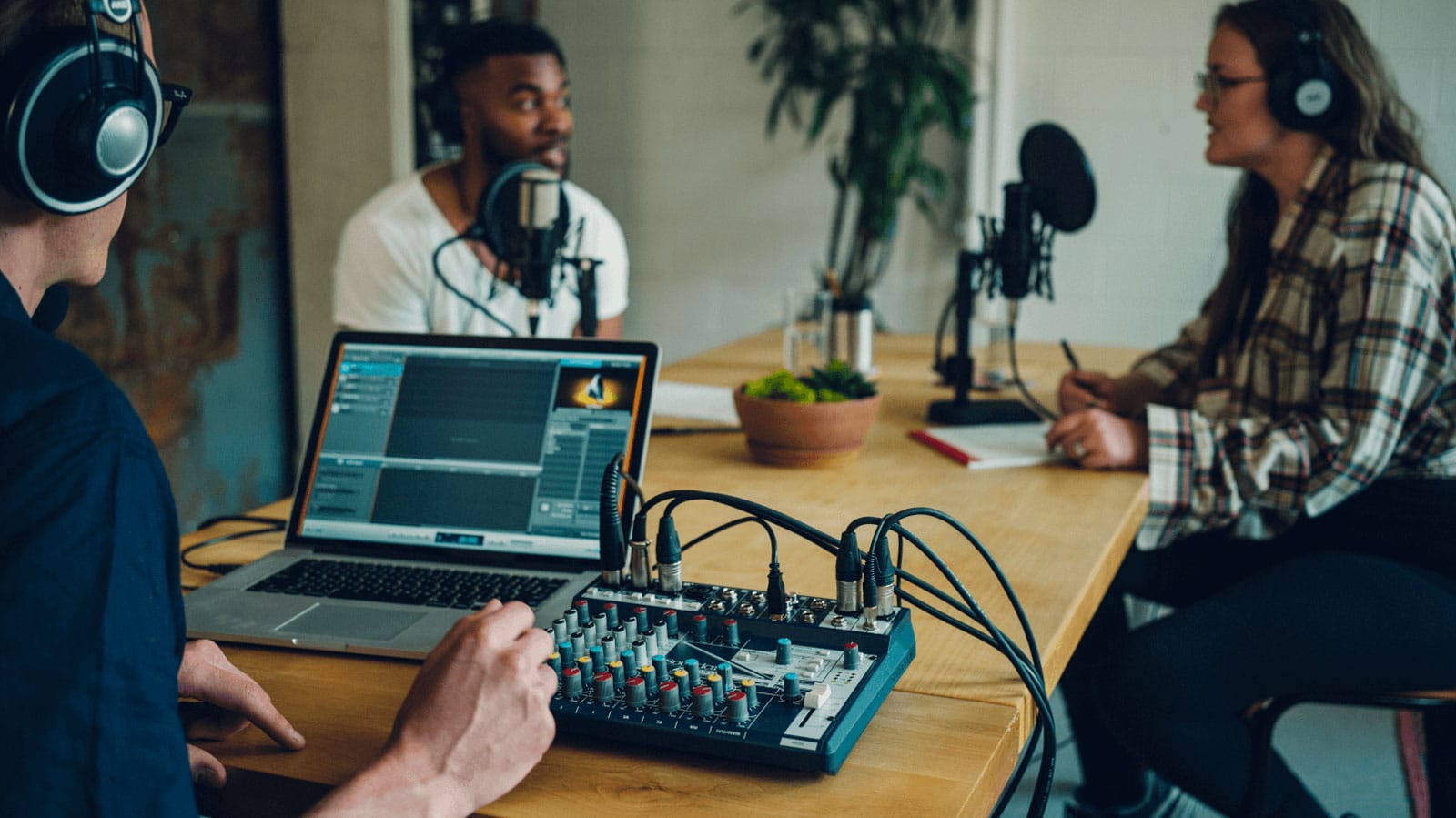
When it comes to playing the guitar, one of the most vital pieces of kit is your guitar amp. Even if you’re an acoustic guitarist, having an acoustic guitar amp will allow you to open your playing in ways that you could never do without an amplifier. This guitar amp buyers guide will teach you the basics of what to look for when buying your next guitar amp.
The Guitar
If you don’t already have a guitar – that should be your first stop. If you’re not sure what to look for when buying a guitar, check out our Guitar Buyers Guide.
Now that you’ve got your guitar, you will need to add an amp into the mix.
Basic Guitar Amp Buyers Guide
1) Decide on whether you need an acoustic or an electric amp. The way that each works, and the tone that each produces is different – so be sure to buy the right style for your guitar.
2) Ensure that you get the right size amp for your purposes. A 500W amp stack would be a horrible home practice amp (and would have your neighbours singing murder), but a 10W practice amp would be pointless for live performance.
3) Choose between a solid state or a valve amp. Do you like blues or old school tone? Then get a valve amp. Prefer metal and djent? You’re most likely better off with a transistor amp (unless you’re after that triple-rec tone)
4) Decide if you want to use your amp for stage or for the studio. Each amp is unique, so determine what features on the amp are nice to have, and which features are imperative.
5) Do you need built-in effects? Many professional-quality amps have onboard effects, but do YOU really need them? Like effects and want to add some in? Then yes – go for something with built-in effects? Use a pedal board? Then you could probably do without the added effects.
In-Depth Buyers Guide
When you start looking for amps, the sheer volume of choice can be overwhelming. On the one hand, having so much choice allows us to find the ideal amp for our needs, but, on the other hand, it can make deciding on what amp to buy a tedious task filled with indecision.
By working through this buyers guide, you will be able to eliminate many of the options on the market, which will make your final decision much less daunting.

Acoustic vs Electric Amplifiers
Believe it or not, acoustic guitar amps and electric guitar amps are different.
Electric guitar amps are fine-tuned to sit in the mid-range frequencies. That is because that is the range that an electric guitarist should play in. If you’re playing in the higher or lower registers, you are going to start competing with the other people in your band. Of course, if you play solo, then this isn’t an issue for you.
Electric guitar amps provide a good amount of headroom, ensuring that your effects (if you use any) are not lost, and that your playing doesn’t lose any of its characteristics. Regardless of whether you’re playing slow, sludgy blues, fast, intricate jazz, or face-melting solos, if you play in a band, you need an electric guitar amp.
Acoustic guitarists are known to play in the lower range a little more than their electric counterparts; this is especially true for solo acoustic players. Acoustic guitar amps have a wider frequency band and are closer to a mini PA system than they are to an electric guitar amp.
If you sing while playing the guitar, then an acoustic guitar amp is also an ideal choice, since most have multiple inputs to allow a solo musician to sing and play.
Get the Right Size Amp
When it comes to being heard, size matters; if you live in an apartment, your neighbours won’t be too pleased if you practice on rig fit for a stadium. So, how do you know what size amp you should get?
Practice amp
If you’re looking for something for home use, then you should consider something in the 10W – 50W range. Not only will your neighbours thank you, but you can also protect your ears. Many of the smaller practice amps even have headphone outputs, so you can play at any time without waking up the people in your home.
It might be fun to play at loud volumes in a small room, where you can feel like a rockstar playing at a stadium, but the long-term effects on your are not worth it! Golden rule: If you can’t hear yourself speak over your amp when practising in your room, your amp is too loud!
Small Venues
If you mostly play little coffee shops or smaller gigs, then you want something in the 50W to the 100W range. You want sufficient power to be heard, but so much that you are all that can be heard.
Medium Venues
So you’ve moved up and are playing at clubs and medium-sized venues? At this point you should be looking at amps in the 100W to the 200W range, depending on your amp. If you, for example, have a 65W amp which has a line-out option, and the venue you’re playing in has decent monitors, then you don’t really need a bigger amp. But, if you want to always be sure that you have enough power so that your amp can double as a monitor, and be miked up for live playing, then you should consider a larger amp.
Large Venues
Just like with medium-sized venues, if your amp can line out and there are good monitoring options, any size amp will work. But if you don’t want to risk poor monitors, or if you really want a massive 8×10 speaker rig, then you can get any amp from 100W up to 600W and over. After all, nothing screams “rockstar” quite as much as amp stack taller than the bass player!

Solid State vs Valve
The solid-state vs valve debate has been going on ever since the first solid state amps hit the market. The truth is, that neither amp is better than the other.
The most significant difference between a valve and transistor (solid state) amplifier, is personal preference. It’s like deciding if you like pineapple on pizza; there are die-hard fans on either side of the aisle.
So, which one should you get? We suggest that you listen to some of your favourite players, and listen to their tone. Once you establish the tone that you like, do some research to see what type of rig is being used to produce that sound. Remember, that the amp is only a single element in the chain, so buying the same amp as your hero won’t guarantee that you’ll get a similar tone. But, it is a good starting point.
Having said that, it is essential to remember that valve amps require regular servicing and need their valves replaced when they burn out. So, if you decide that you love the tone of valve amps, remember that that tone comes at an additional, ongoing cost.
Live Performance vs Studio Recording
Are you playing at a stadium in front of 50,000 people? Then you can get the biggest, meanest amp on the market and go to town! Are you recording in a small studio? Then you really don’t want or need that much power.
Now, you might be thinking to yourself that surely you should record with your live rig? But the simple answer is no, not always. Look at Metallica for example; the guitars they use live are not the same ones they use in the studio.
For recording, you can layer sounds, record multiple tracks, and fine-tweak your tone until its perfect. Conversely, for live sound, we try to find the best possible rig, knowing that we won’t always get the perfect tone.
If you’re looking for a studio-specific amp, power should not be your driving factor. Ideally, you want an amp that doesn’t have too much colour and allows you to record a fairly neutral tone. That way, the engineer can tweak your tone in editing, and ensure that the band gels together. So when choosing a studio amp, your only consideration should be the tone of the output.
Built-in Effects
When amps first started adding onboard effects, it was mostly as a gimmick. But the popularity of onboard effects took off, and the technology improved, and soon manufacturers were adding professional-quality effects into amps.
Nowadays we are spoilt for choice when it comes to amps with built-in effects. So why, if the quality is good, would you NOT want an amp with effects?
The short answer is that while the effects might be top-quality, they still do not offer the versatility of stand alone pedals. A chorus pedal will always have more options than a chorus effect built into an amp.
So, if effects are a cornerstone of your playing, you should instead get a standard amp with either a floorboard or a few stomp boxes. But, if you seldom use effects, or if you don’t require much fine-tuning of your effects, an amplifier with built-in effects is the perfect solution.
Conclusion
Buying a guitar amp should be a fun journey. No article or blog post can determine the “perfect” amp for you – but they can help you narrow down what doesn’t work.
Your next step should be to take your guitar, and your effects pedals into a shop, and ask one of the assistants to set up a selection of amps for you. Spend an hour or playing the same song, with the same effects through a few options, and from there, decide which one YOU think sounds best. At the end of the day, the only thing that matters is, are you happy with the tone of your amp?
Shop Guitar Amps online now...
-
- Guitar & Bass, Guitar Amps
Fender Acoustic SFX II Acoustic Amplifier
- R32,995FREE DELIVERY
- Select options
-
- Guitar & Bass, Guitar Amps
Fender Acoustasonic™ 15 Acoustic Guitar Amplifier
-
R5,395R4,595FREE DELIVERY - Select options
-
Request Stock
- Out of Stock
- Guitar & Bass, Guitar Amps
Fender ’65 Deluxe Reverb® Guitar Amplifier
- R59,795FREE DELIVERY
- Select options
-
-
Request Stock
- Out of Stock
- Guitar & Bass, Guitar Amps
Fender Blues Junior in Lacquered Tweed Finish
-
R23,695R20,140FREE DELIVERY - Select options
-
-
Request Stock
- Out of Stock
- Guitar & Bass, Guitar Amps
Fender Acoustic Junior – 100-watt Acoustic Amp
-
R17,595R12,700FREE DELIVERY - Select options
-
-
Request Stock
- Out of Stock
- Guitar & Bass, Guitar Amps
Vox amPlug 2 Cabinet for amPlug 2 Headphone Amplifiers
-
R1,200R960FREE DELIVERY - Select options
-


